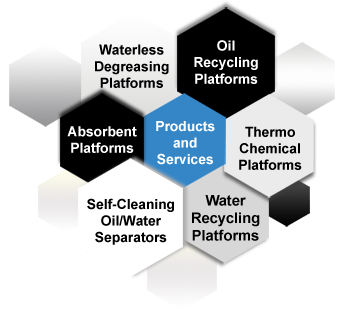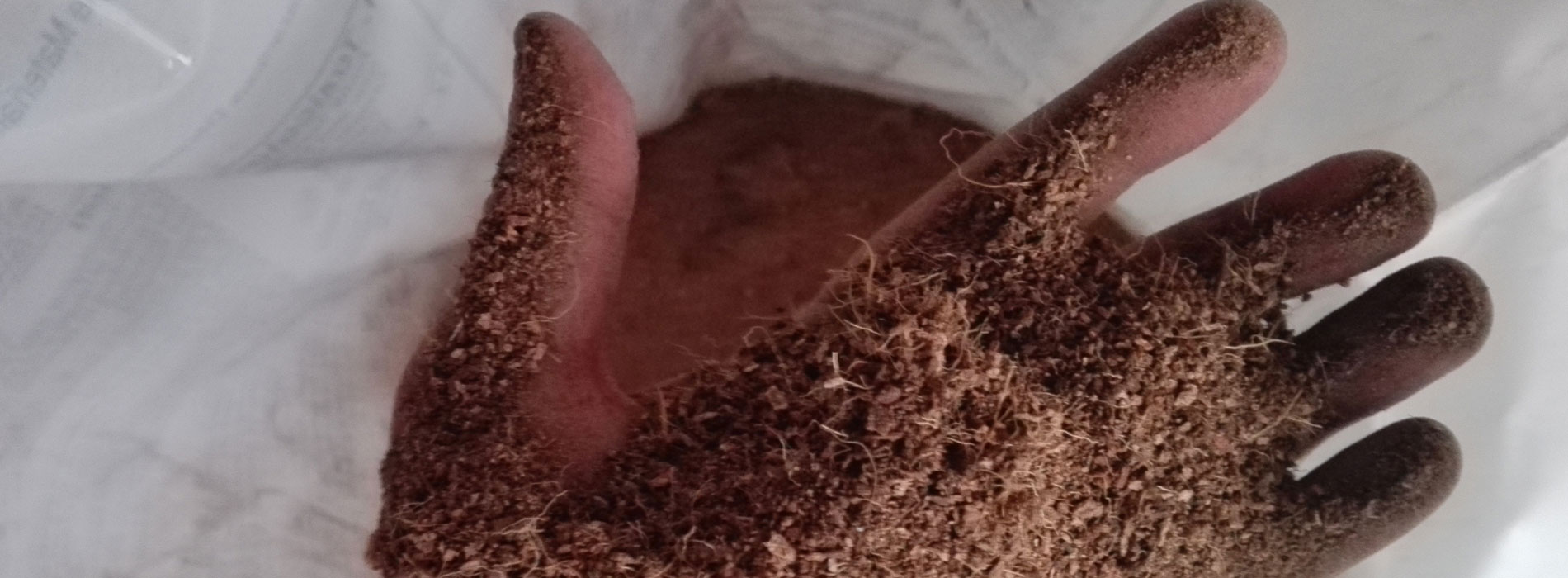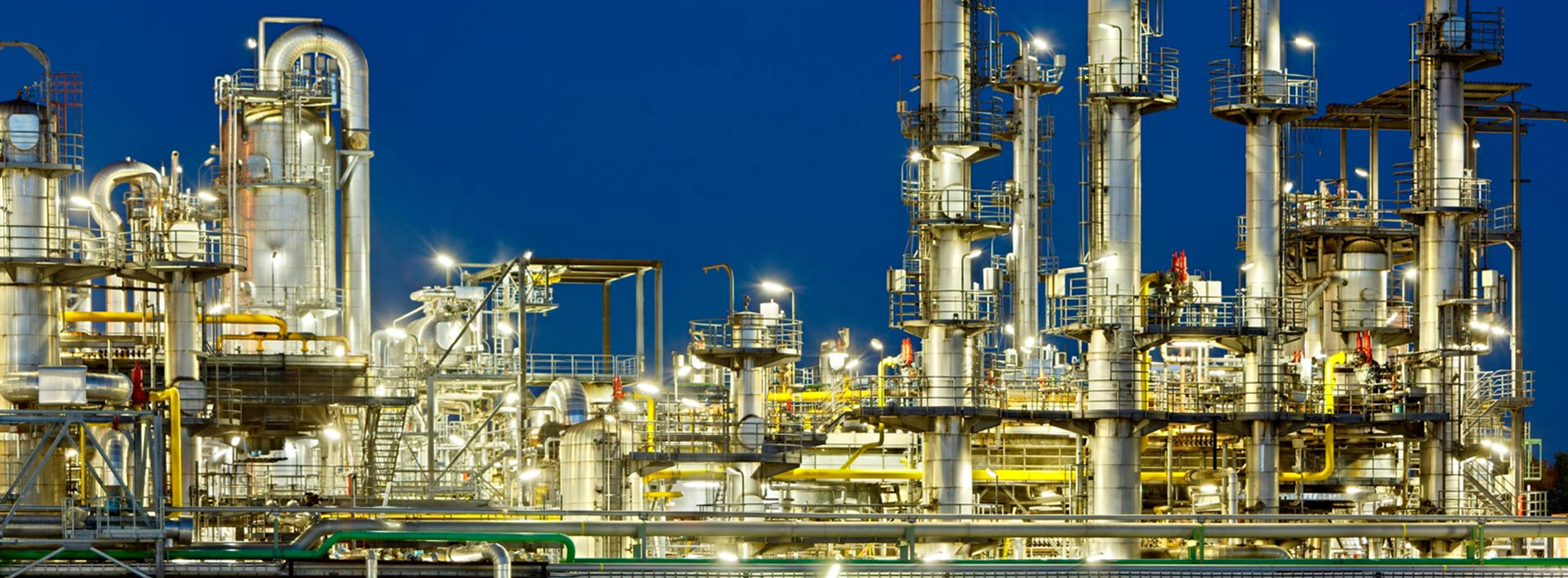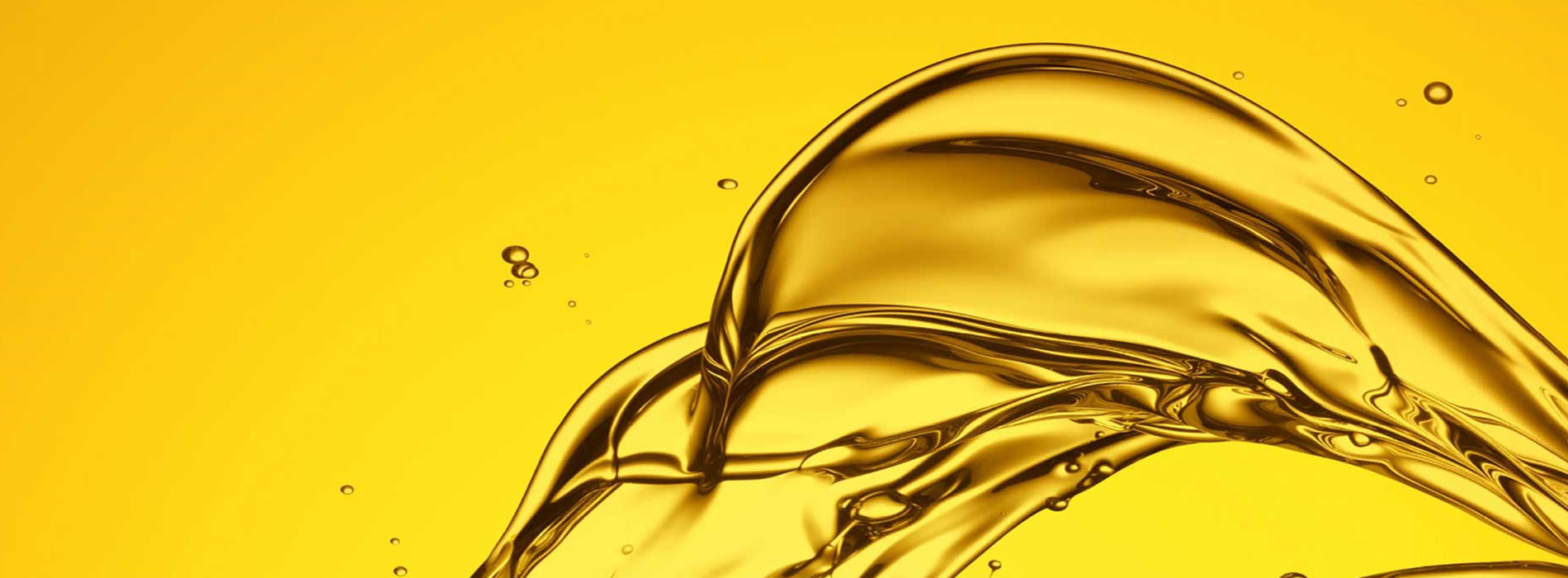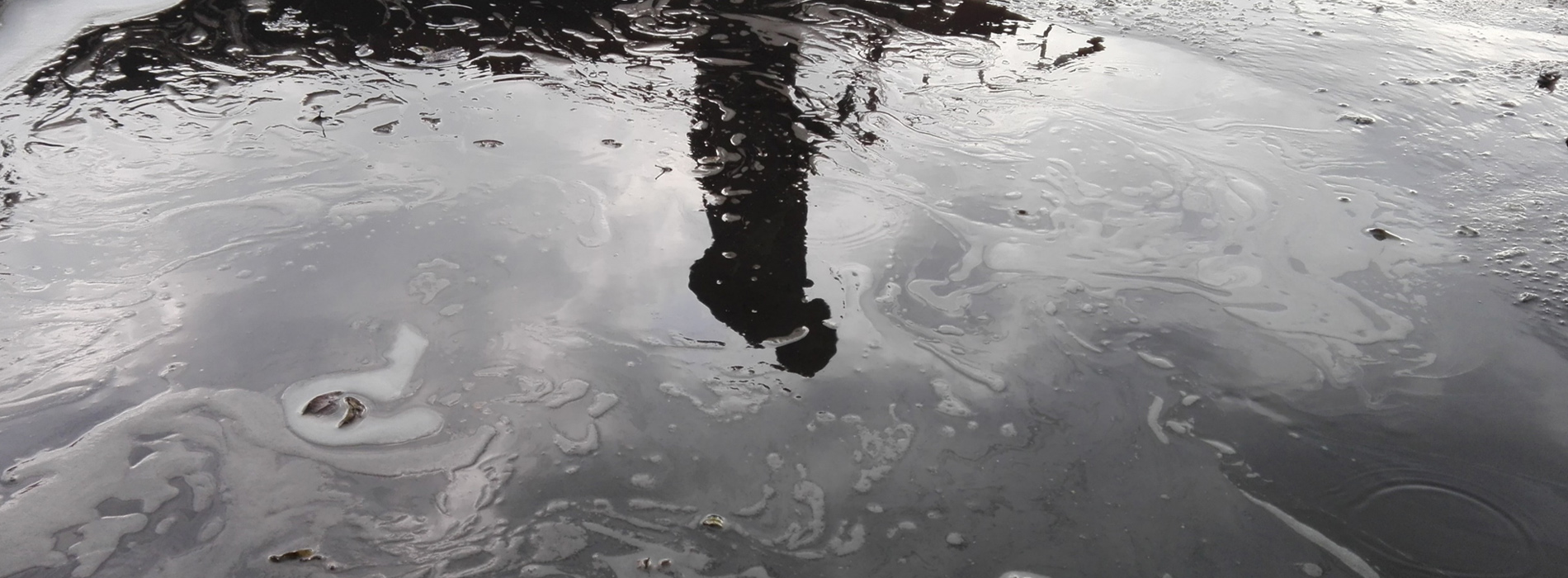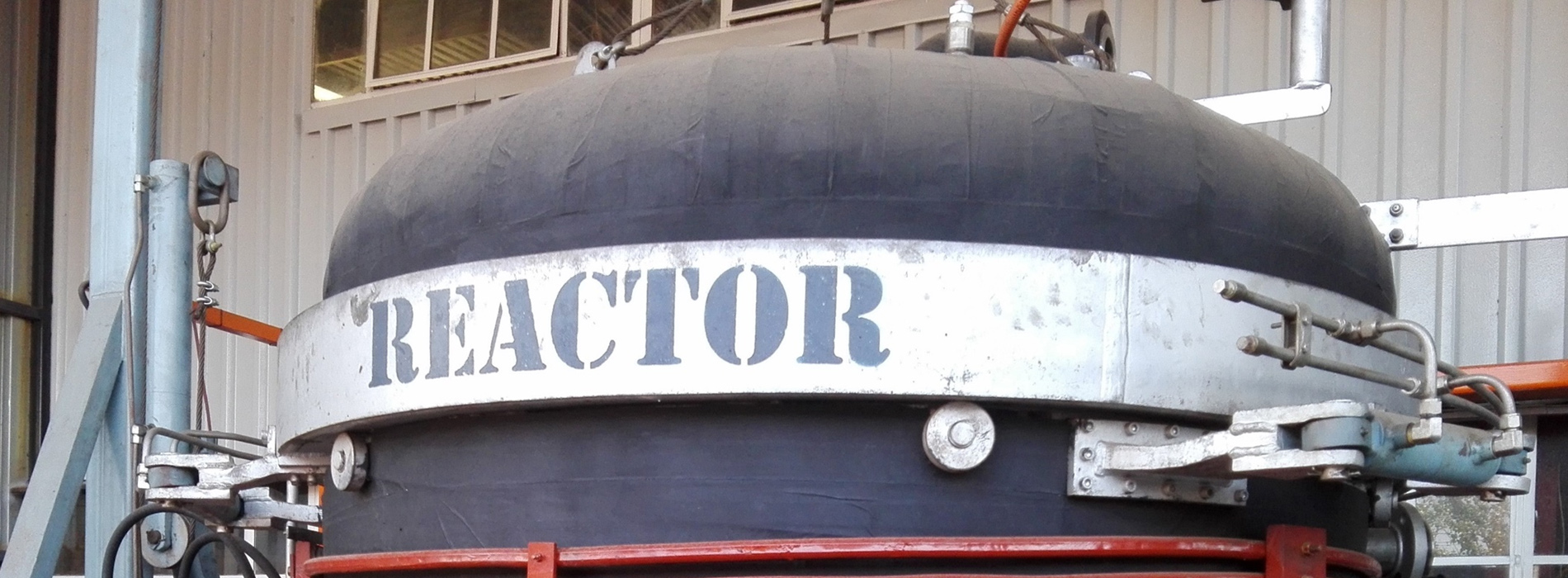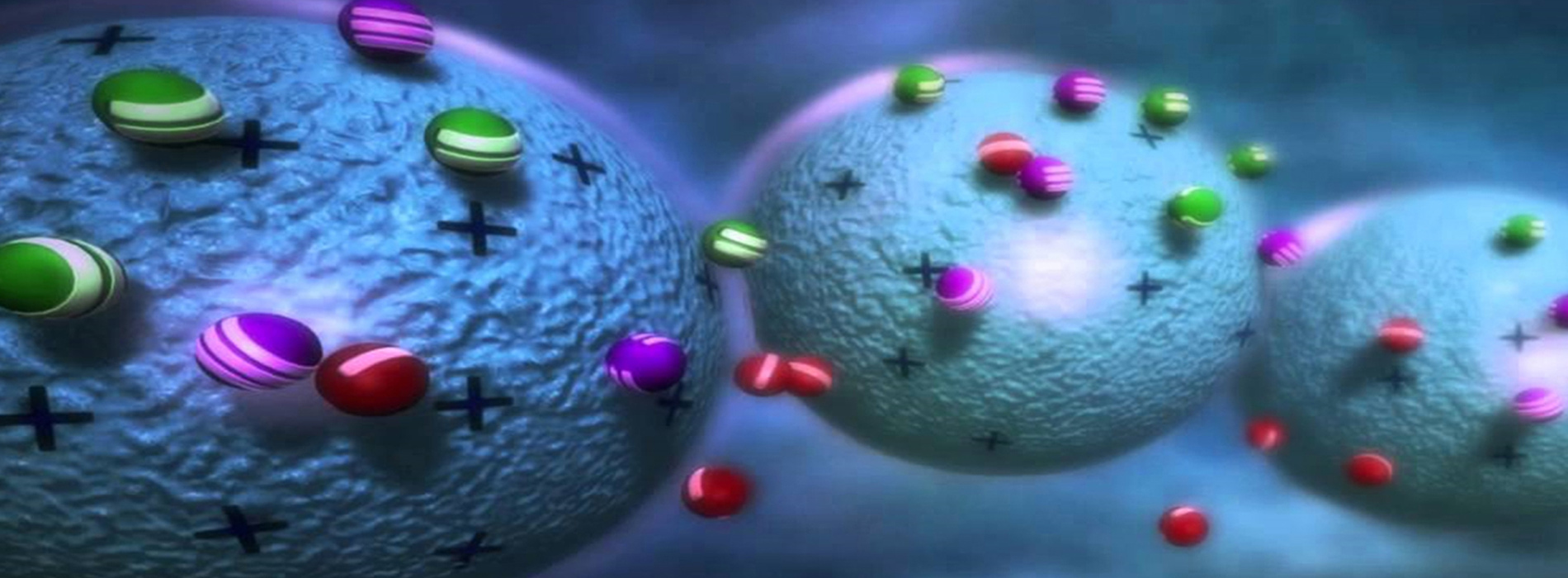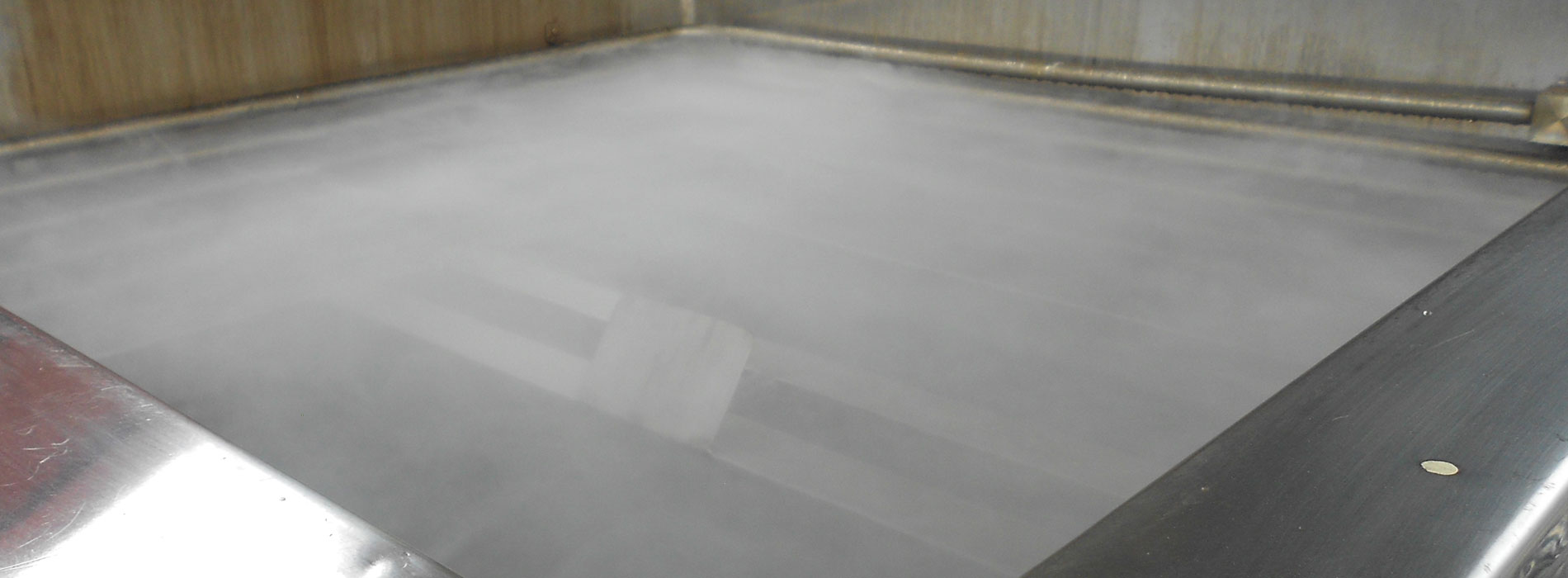How can Hazardous waste be treated by chemical, thermal, biological and physical methods?
Even after a vigorous hazardous waste reduction program, there will still be large quantities of hazardous wastes requiring treatment and disposal. The treatment solutions have been categorized as physical, chemical, biological and thermal.
Physical treatment methods include gravity separation, phase change systems, such as air and steam stripping of volatiles from liquid wastes, and various filtering operations, including carbon adsorption.
Chemical treatment methods transform waste into less hazardous substances utilizing such techniques as pH neutralization, oxidation or reduction and precipitation. Biological treatment uses micro-organisms to degrade organic compounds in the waste stream.
Thermal destruction methods include incineration, which is increasingly becoming a preferred option for treatment of hazardous wastes, and pyrolysis, which is the chemical decomposition of waste is brought about by heating the material in the absence of oxygen.
Most treatment measures have both physical and chemical aspects. The appropriate treatment method for the hazardous waste depends on the nature of the waste. The type of physical treatment to be applied to wastes depends strongly upon the physical properties of the material treated, including the state of matter, solubility in water and organic solvents, density, volatility, boiling point and melting point.


